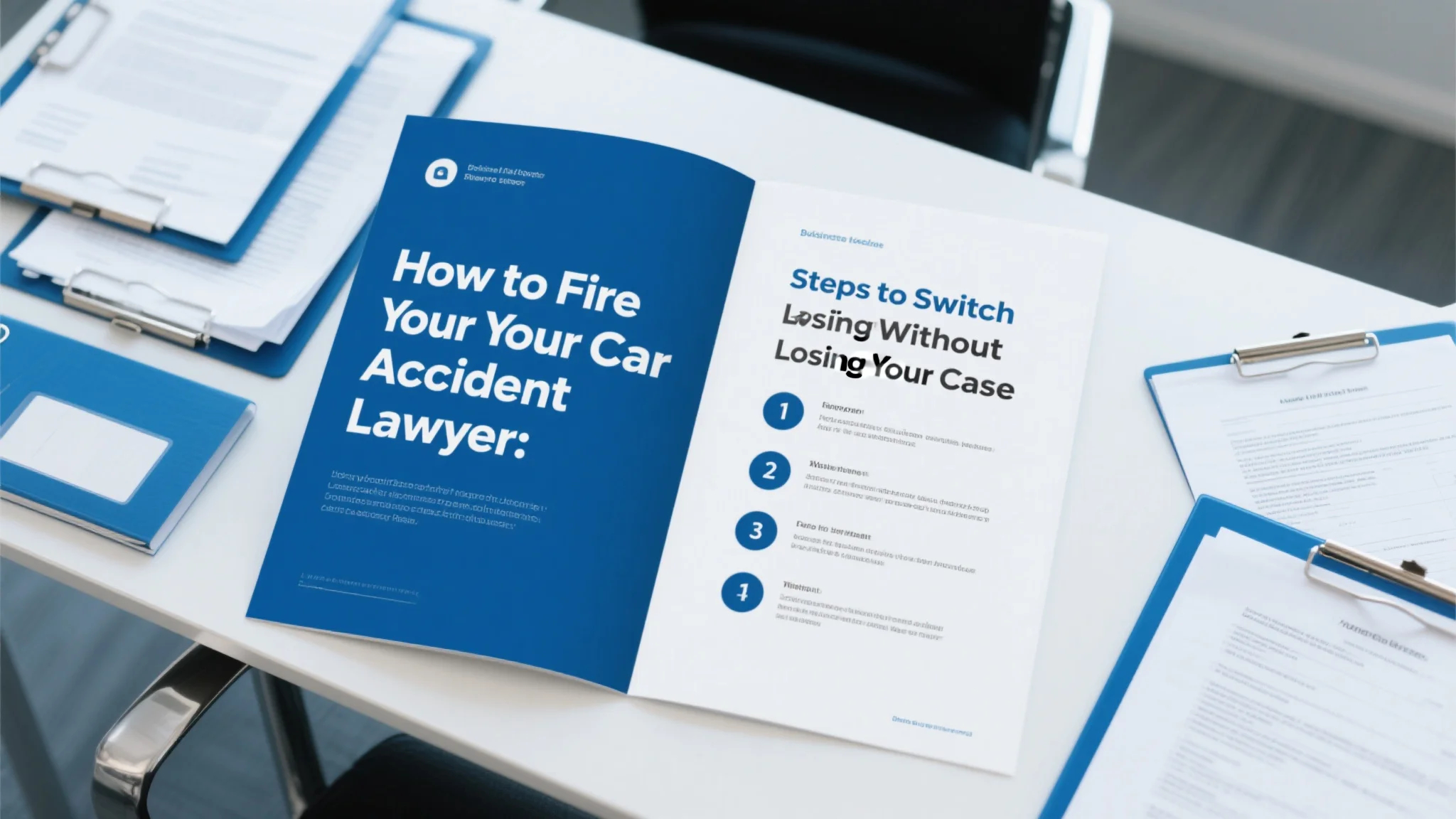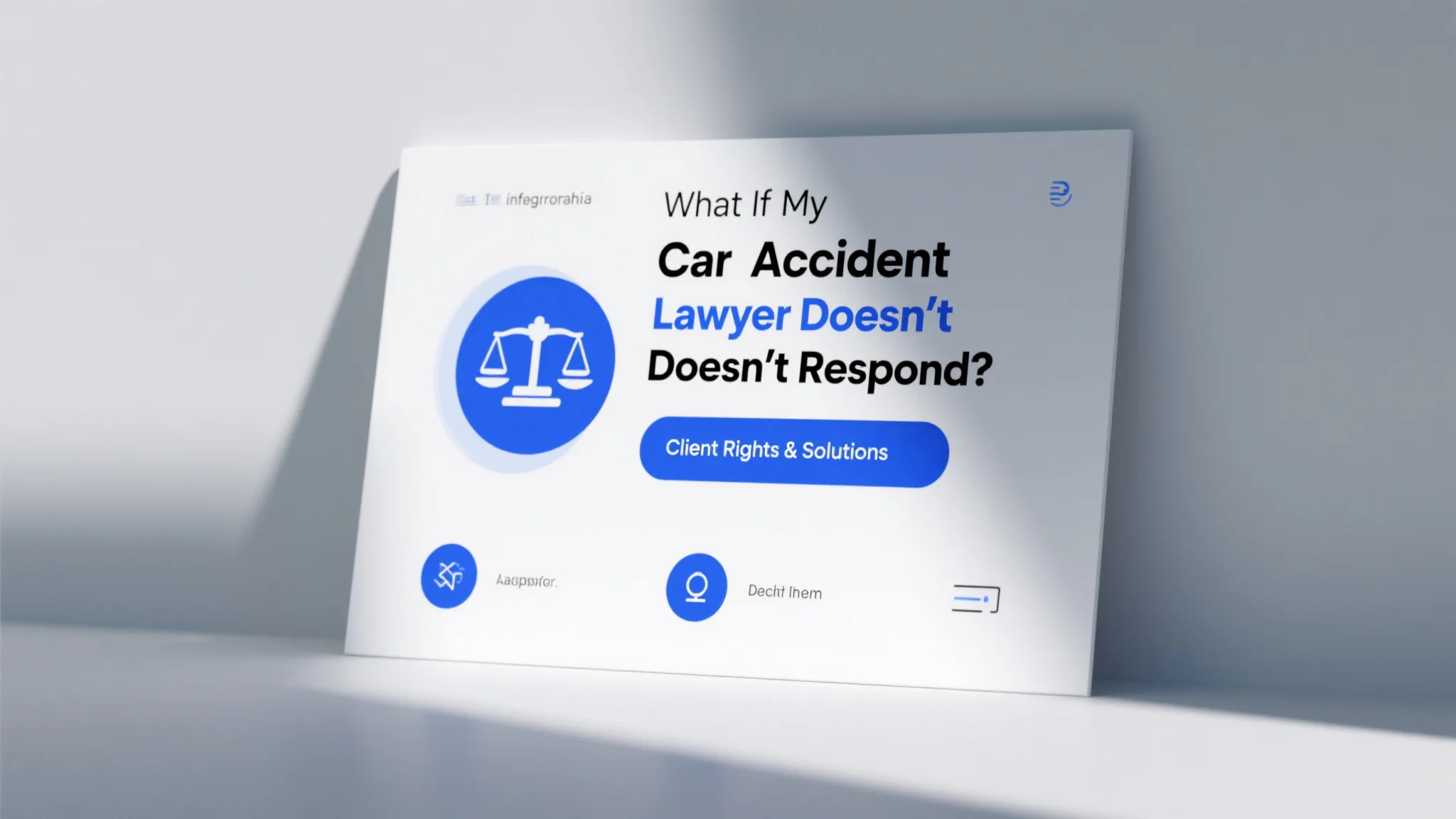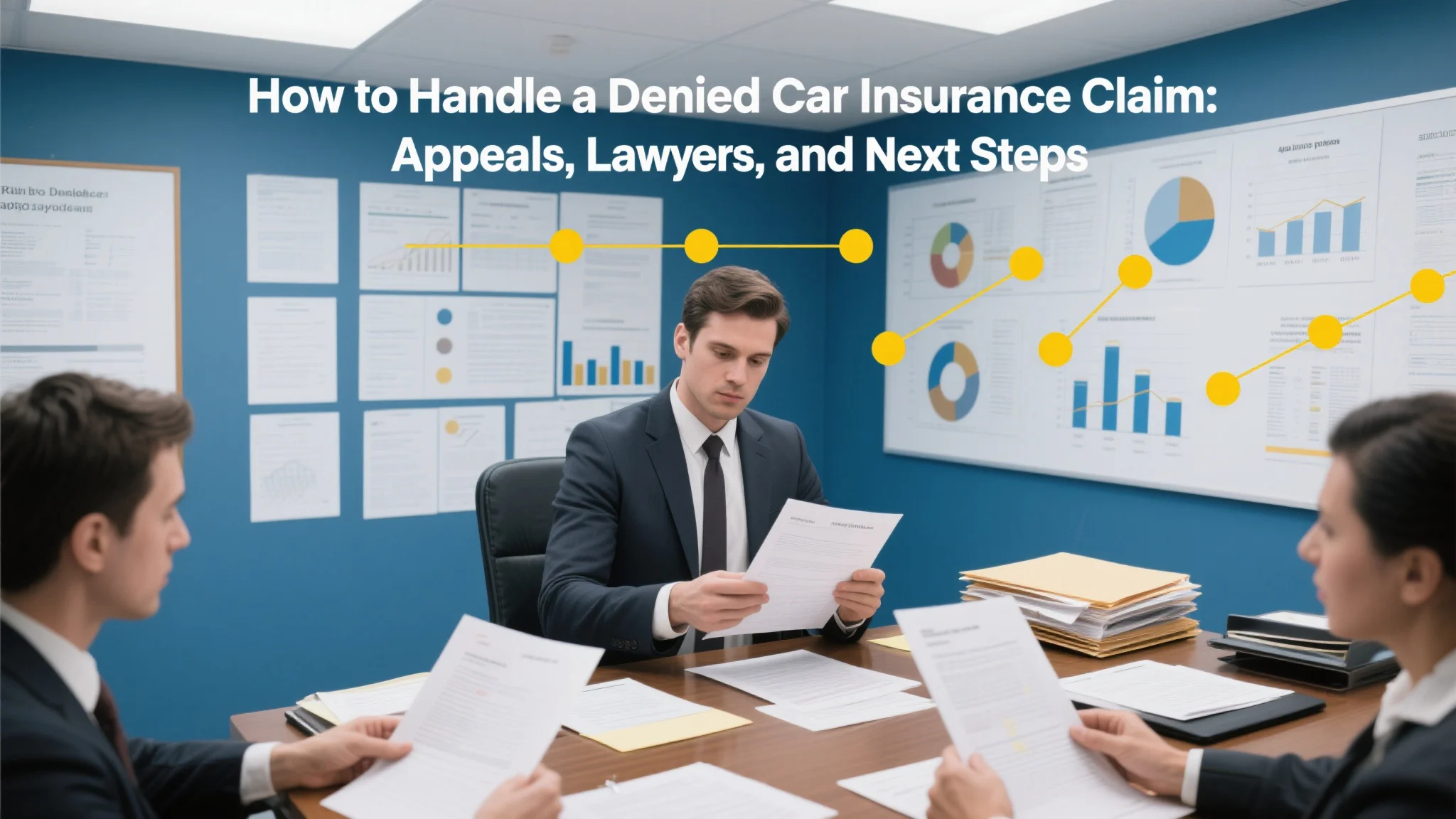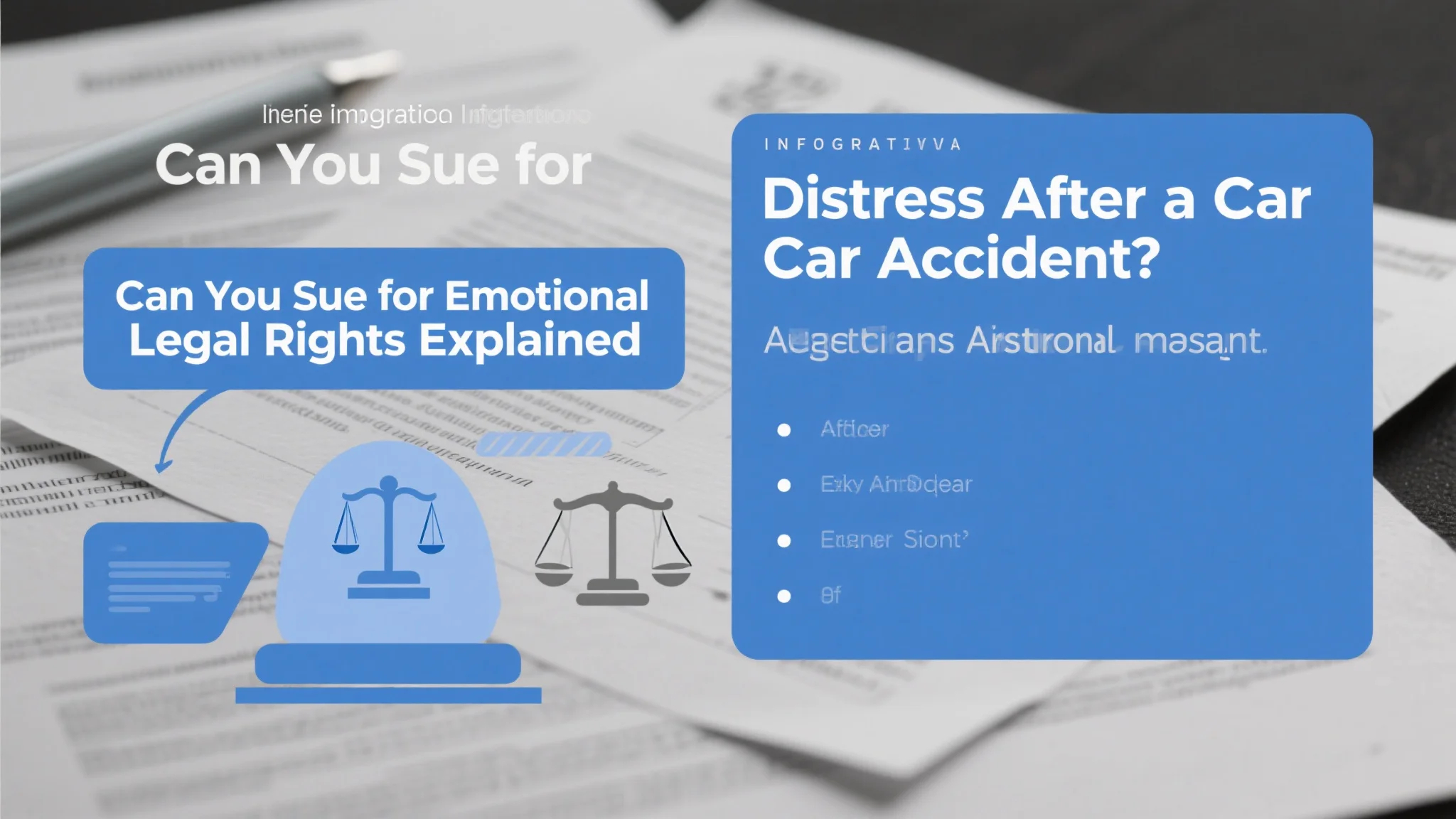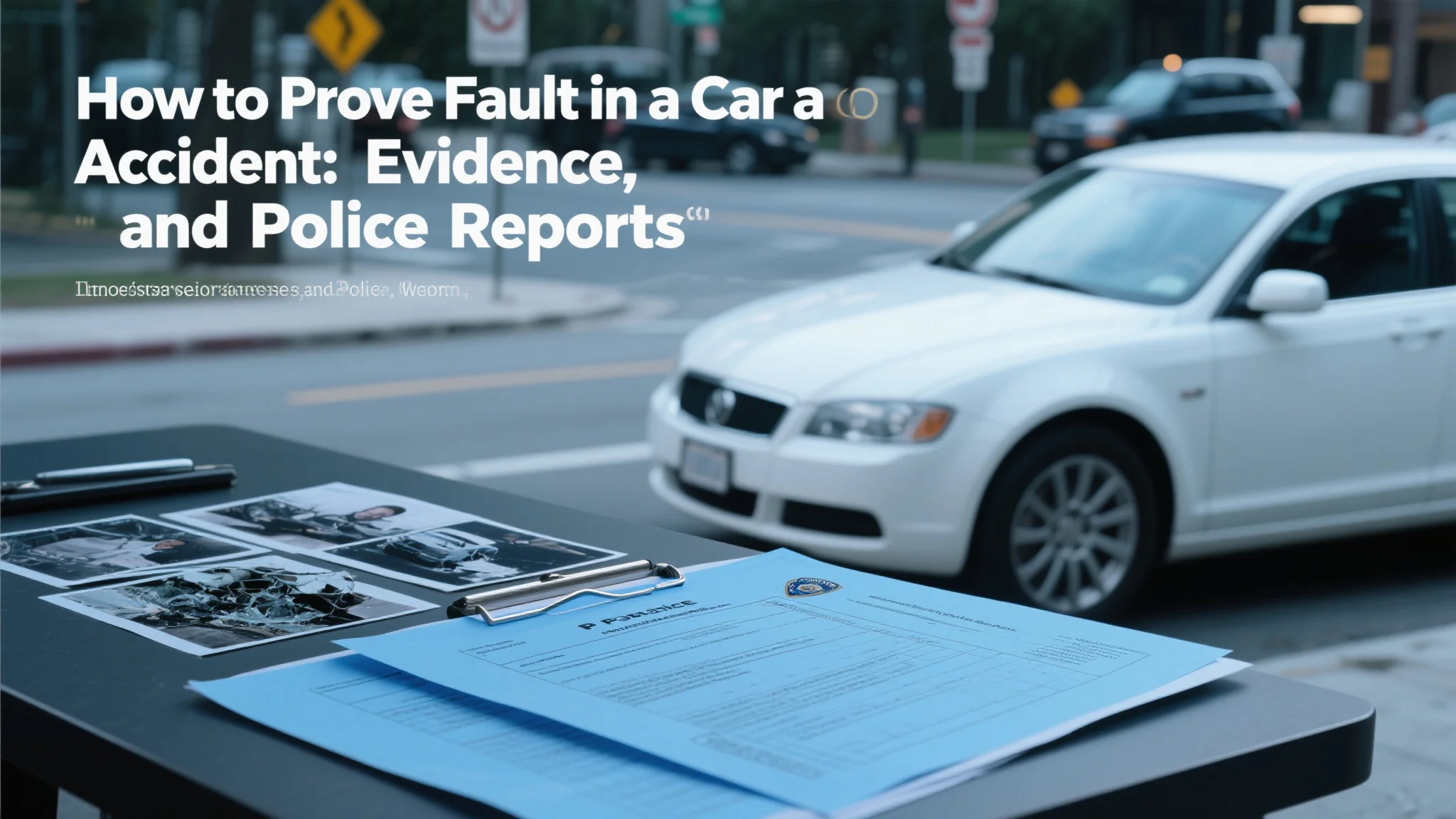Understanding Insurance Company Negotiation Tactics
After a car accident, dealing with insurance adjusters requires understanding their common claim adjuster tactics. Insurers train adjusters to minimize payouts using psychological strategies and procedural hurdles. The first offer you receive is almost always a lowball settlement offer, often 30-50% below what your claim is actually worth. Adjusters may delay claims processing, hoping financial pressure forces you to accept less. They frequently request unnecessary documentation or repeated statements to wear you down. Some misinterpret police reports or medical records to dispute liability or injury severity. Understanding these tactics helps you recognize when to push back and when to escalate your claim. Keep detailed records of all communications, noting dates, times, and adjuster names. This documentation proves invaluable if negotiations stall or you need to file a bad faith insurance claim.
Preparing Your Negotiation Strategy
Effective insurance negotiation tips begin with thorough preparation before speaking with adjusters. Calculate your total damages including medical bills (current and anticipated), lost wages, vehicle repair/replacement costs, rental car expenses, and pain/suffering. Gather supporting documentation like police reports, witness statements, medical records, and repair estimates. Research comparable settlements for similar injuries in your state to establish reasonable compensation ranges. Determine your minimum acceptable settlement but start negotiations higher to allow room for compromise. Prepare a concise, factual narrative about the accident and your injuries—adjusters look for inconsistencies to undermine claims. Consider consulting an attorney before negotiating serious injuries; many offer free initial consultations. Remember that adjusters record calls, so avoid speculation, admissions of fault, or comments about your injuries improving.
Countering Lowball Settlement Offers
When faced with lowball settlement offers, respond professionally but firmly. Thank the adjuster for their offer but express that it doesn’t adequately cover your documented damages. Present your counteroffer with a detailed breakdown of actual costs and comparable settlements—adjusters respect claimants who demonstrate knowledge of claim valuation. Explain how injuries impacted your daily life and work capacity with specific examples. If the adjuster cites policy limits or coverage issues, request written confirmation. For unreasonable denials, ask the adjuster to identify exactly which policy provisions or state laws support their position. Many low offers rely on claimants not questioning the rationale. Maintain a polite but persistent approach—adjusters often have authority to increase offers by 20-40% if challenged with credible evidence. Document all offer/counteroffer exchanges in writing to create a negotiation trail.
Advanced Negotiation Techniques
Seasoned negotiators employ sophisticated insurance negotiation tips to maximize settlements. The “anchoring” technique involves starting with a well-documented high demand that establishes your claim’s perceived value. When adjusters make incremental offer increases, avoid accepting immediately—pause negotiations for a day or two to imply the offer remains inadequate. Use precise numbers ($12,487 instead of $12,500) as research shows this increases offer credibility. If negotiations stall, request to speak with a supervisor—higher-level adjusters often have greater settlement authority. For injuries, emphasize how they prevent specific activities you previously enjoyed. Adjusters respond better to concrete impacts (“can’t lift my toddler” vs. “general pain”). Consider having your doctor write a letter connecting your injuries to the accident and detailing treatment needs—medical professional input often carries more weight than patient statements. These techniques demonstrate you’re a knowledgeable claimant unlikely to accept an unfair settlement.
Recognizing Bad Faith Insurance Practices
Some claim adjuster tactics cross into illegal bad faith territory. Warning signs include unreasonable delays in processing claims (beyond state-mandated timeframes), denying claims without investigation, or refusing to explain denial reasons. Other red flags include misrepresenting policy language, failing to acknowledge communications, or pressuring you to accept quick settlements. Adjusters acting in bad faith might threaten to cancel your policy or claim your injuries are pre-existing without evidence. They may also withhold key documents or lie about coverage details. Most states impose penalties for bad faith practices, including potential triple damages. Document all suspicious behavior—dates, names, and specifics of questionable actions. If you suspect bad faith, file complaints with your state insurance department and consider consulting an attorney. Professional legal help often prompts insurers to reassess claims more fairly, as they know courts take bad faith claims seriously.

When to Involve Legal Representation
Certain situations warrant attorney involvement despite your best insurance negotiation tips. If injuries require surgery, cause permanent impairment, or prevent returning to your previous job, legal counsel typically pays for itself through higher settlements. Cases involving disputed liability, multiple vehicles, or commercial policies often benefit from professional representation. When adjusters ignore reasonable demands or make take-it-or-leave-it ultimatums, attorneys can file lawsuits to preserve your rights. Many personal injury lawyers work on contingency (paid only if you win) and offer free consultations to evaluate claims. They understand how to calculate all potential damages insurers routinely lowball—future medical costs, diminished earning capacity, and loss of quality of life. Attorneys also handle all communications, sparing you adjusters’ stressful tactics. Perhaps most importantly, insurers typically offer higher settlements when claimants have legal representation, knowing attorneys understand true case values.
Alternative Dispute Resolution Options
When direct negotiation fails but litigation seems excessive, consider alternative dispute resolution for your lowball settlement offers. Mediation involves a neutral third party facilitating settlement discussions—less formal than court but more structured than direct negotiations. Many insurance policies require mediation before litigation, and some states mandate it for certain claims. Arbitration resembles a simplified trial where both sides present evidence to a neutral arbitrator who decides the outcome. Binding arbitration decisions are final, while non-binding allows rejecting unfavorable rulings. These options often resolve claims faster and cheaper than lawsuits while still producing fair settlements. Some attorneys offer “limited scope” representation just for mediation/arbitration at reduced rates. If considering these routes, ensure you understand the process, costs, and how outcomes compare to typical court awards for similar cases in your jurisdiction.
Maximizing Your Final Settlement
To optimize your final settlement against aggressive claim adjuster tactics, timing matters. Negotiate vehicle property damage separately from injury claims—settling the car first preserves injury leverage. Wait until reaching maximum medical improvement (when doctors say you’ve healed as much as expected) before finalizing injury settlements. This ensures all treatment costs are known. If future medical care is needed, consider structured settlements that pay over time rather than lump sums. For wage loss, include not just missed work but also used vacation/sick days and lost opportunities like promotions or overtime. Document how injuries affected household responsibilities—many states allow compensation for domestic service losses. Present organized evidence in clear, concise formats adjusters can easily process. Remain flexible on minor points but firm on adequate compensation fundamentals. Polite persistence combined with thorough documentation typically yields the best outcomes without protracted litigation.
Post-Settlement Considerations
After successfully negotiating past lowball settlement offers, protect your interests during finalization. Carefully review all settlement documents for accuracy before signing—ensure they reflect the agreed terms. Verify whether the settlement is “full and final” or leaves room for future claims if undiscovered injuries emerge. Understand tax implications—physical injury compensation is usually non-taxable, but emotional distress or punitive damages might be taxable. If receiving a lump sum, consult a financial advisor about managing the windfall responsibly. For structured settlements, ensure payment schedules account for inflation and future needs. Keep copies of all settlement paperwork indefinitely in case future disputes arise. Finally, consider leaving reviews about your claims experience to help others identify insurers that negotiate fairly versus those employing excessive delay/deny tactics. Your experience can guide future accident victims through this challenging process.

